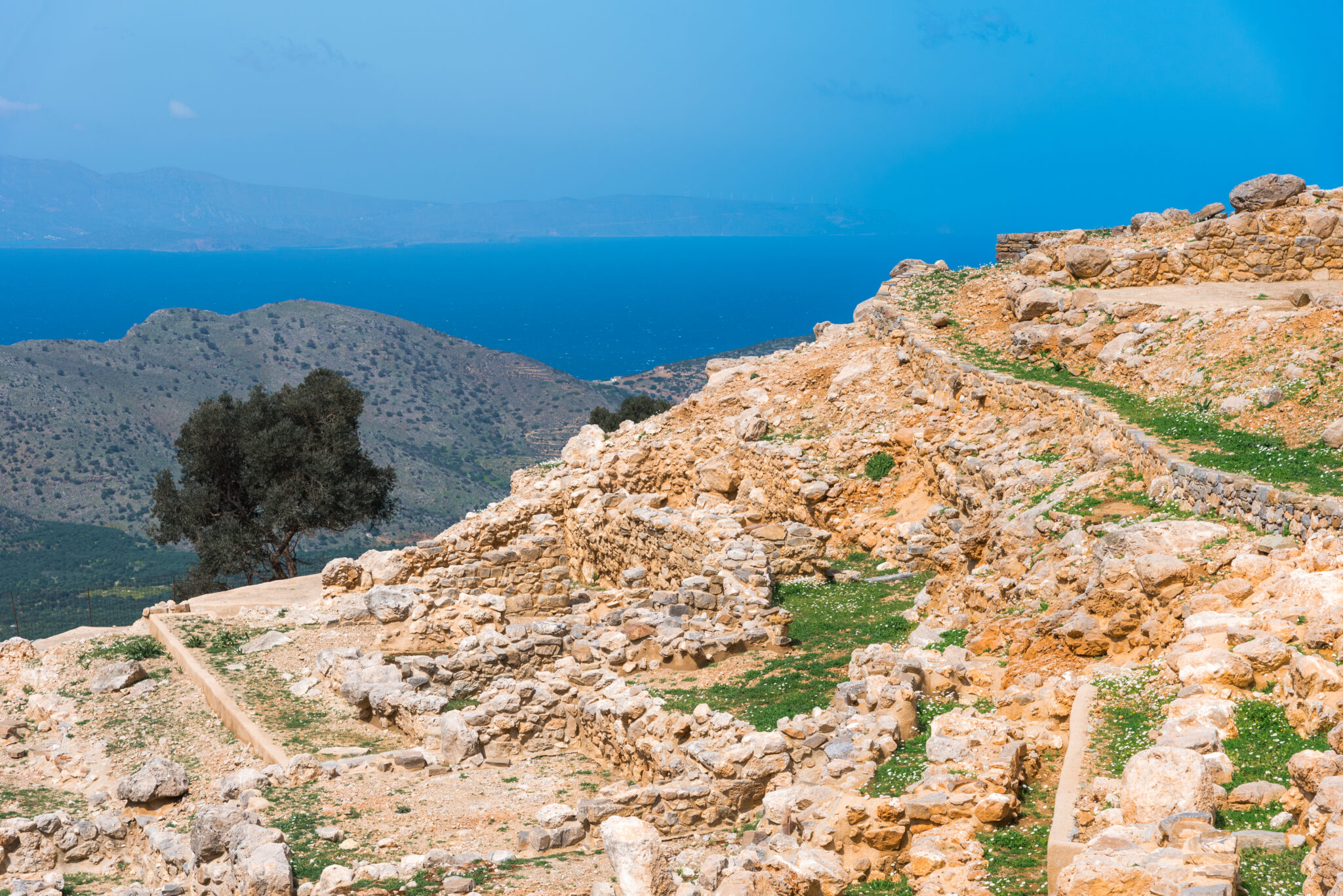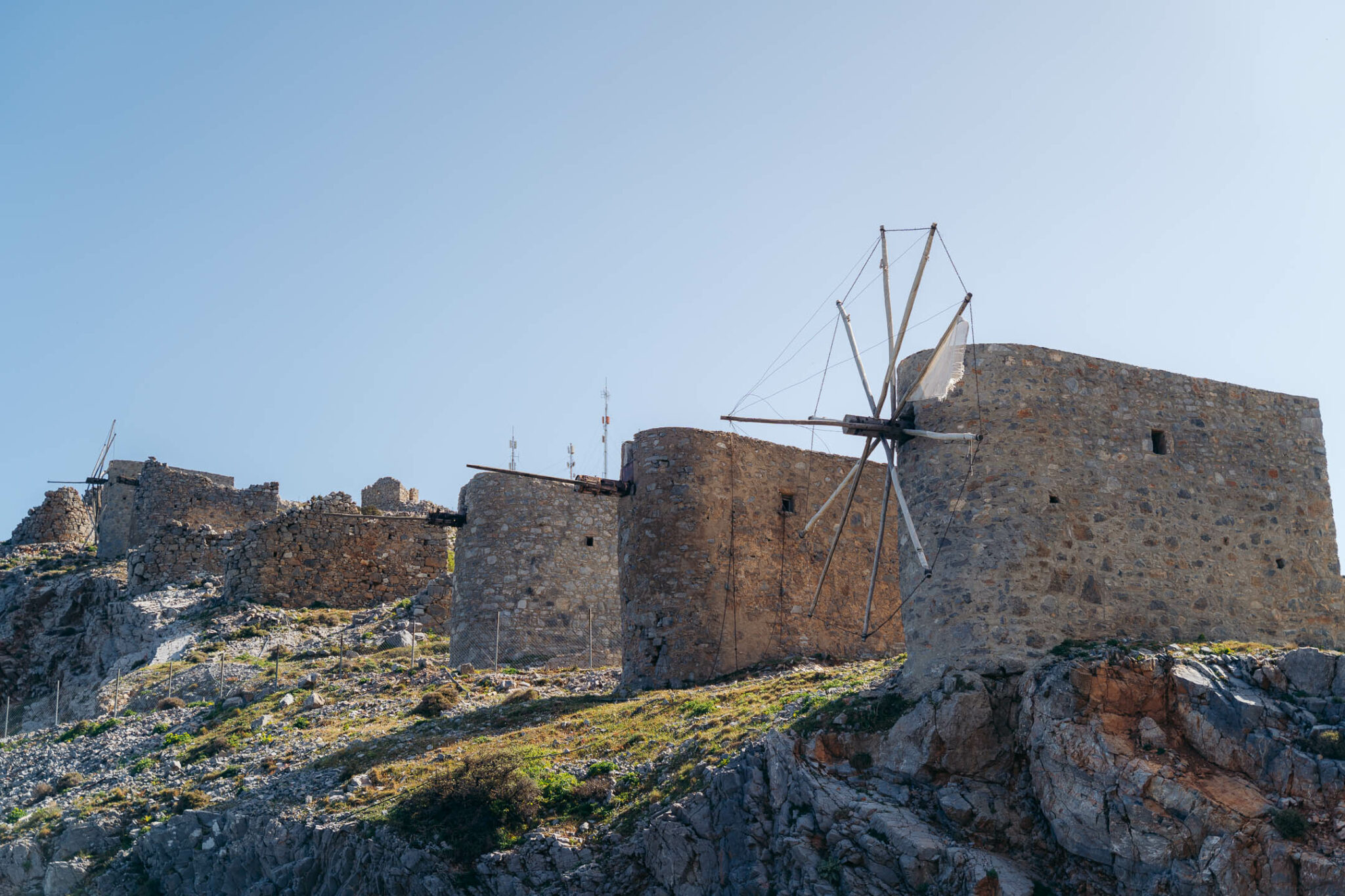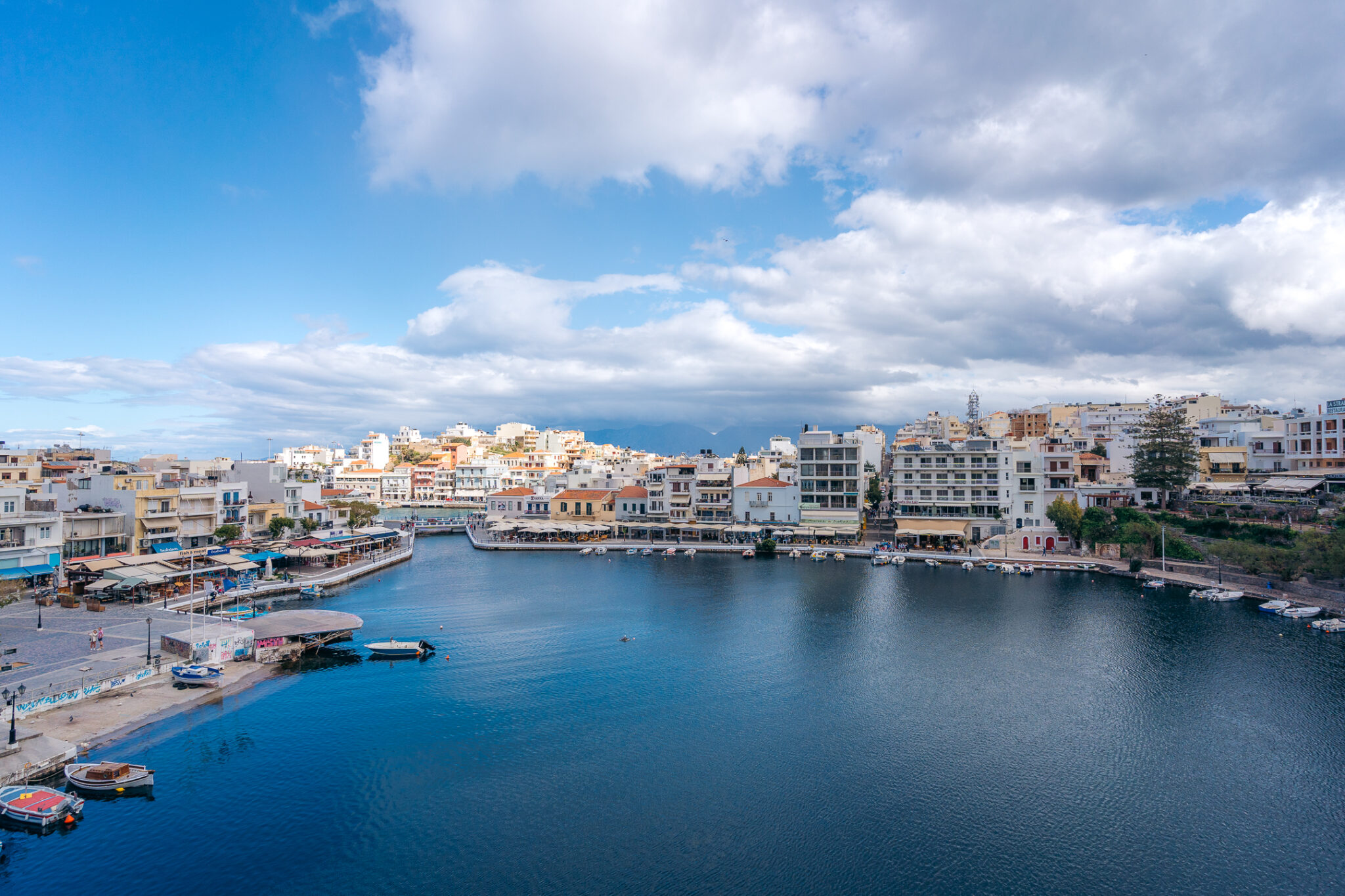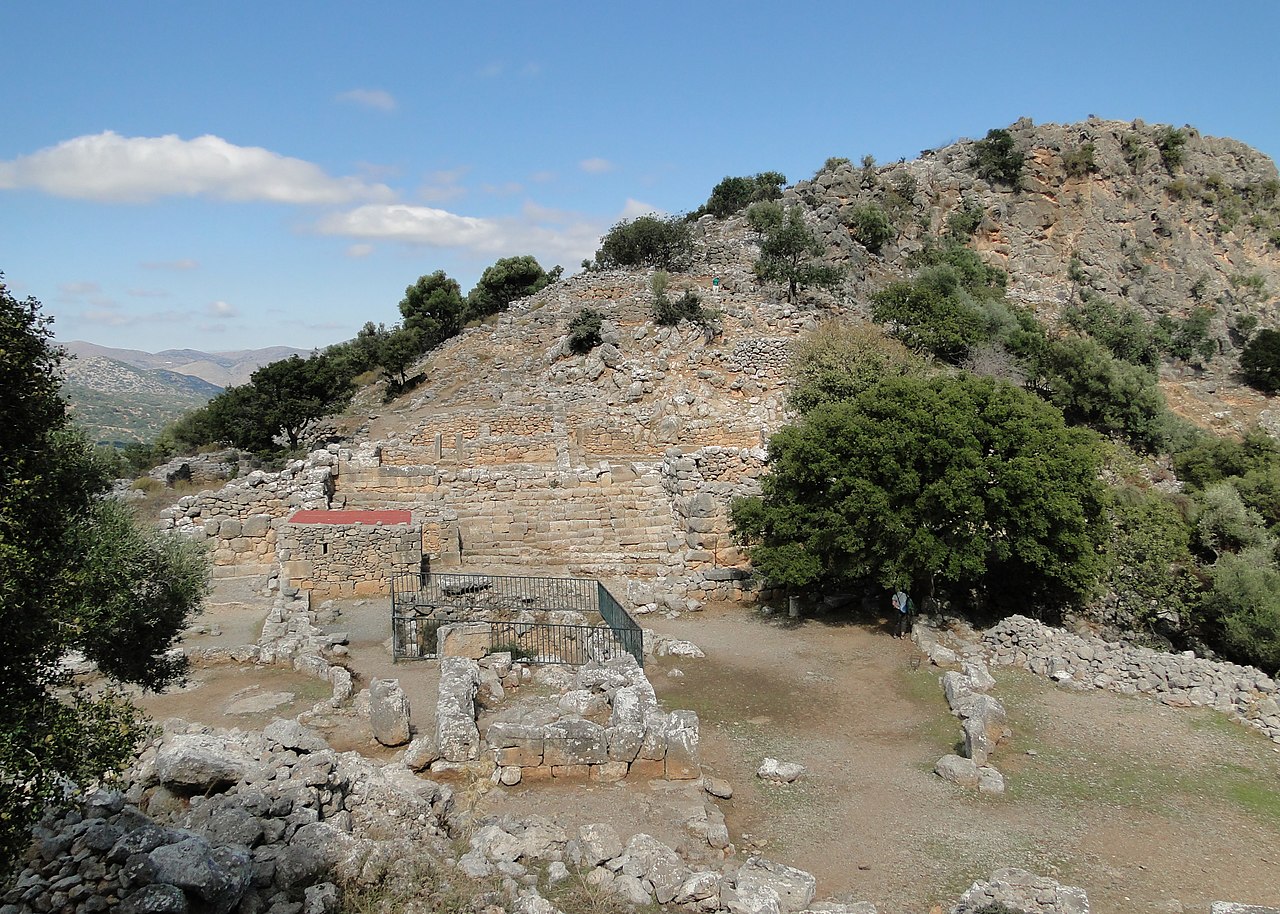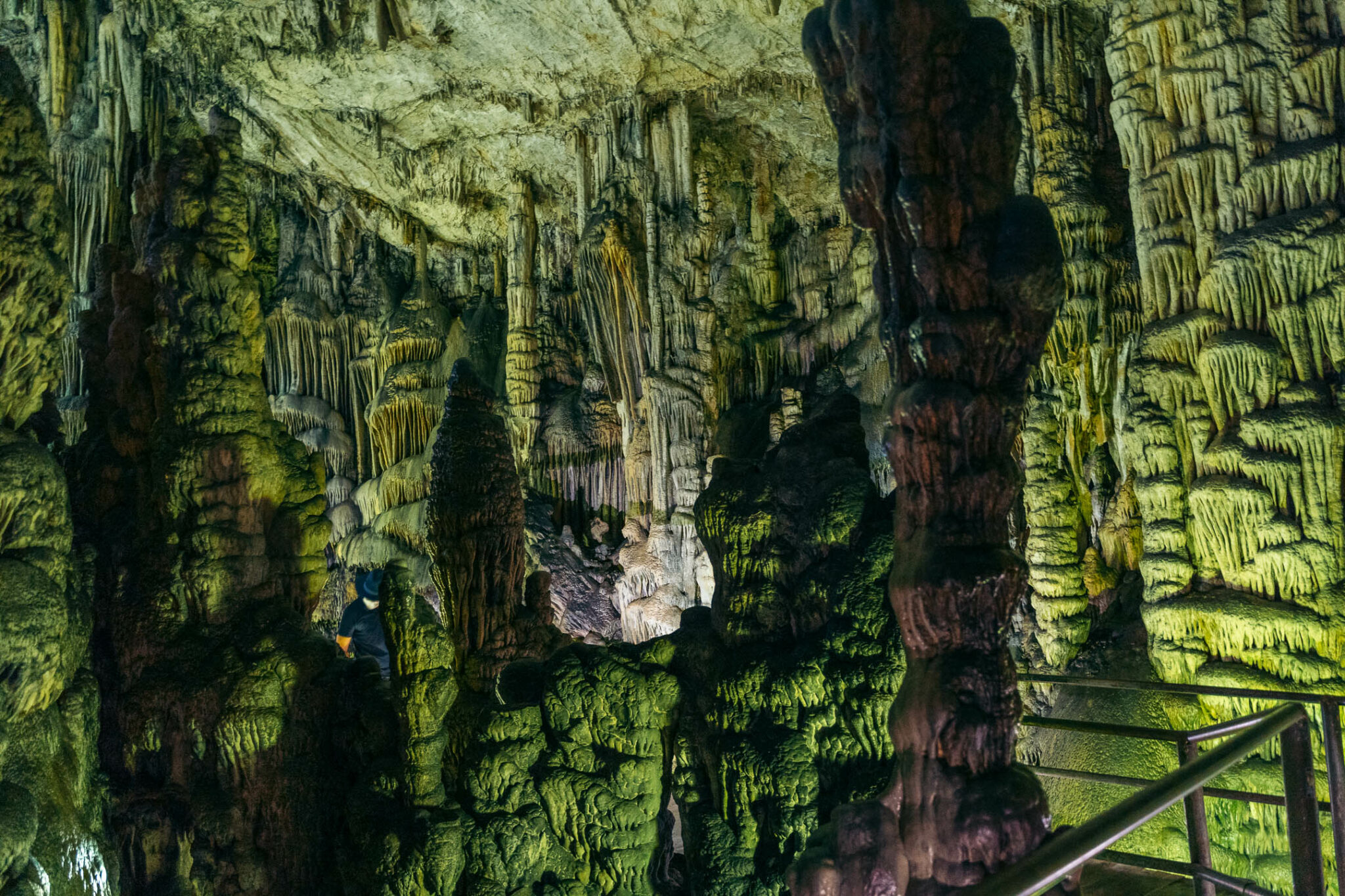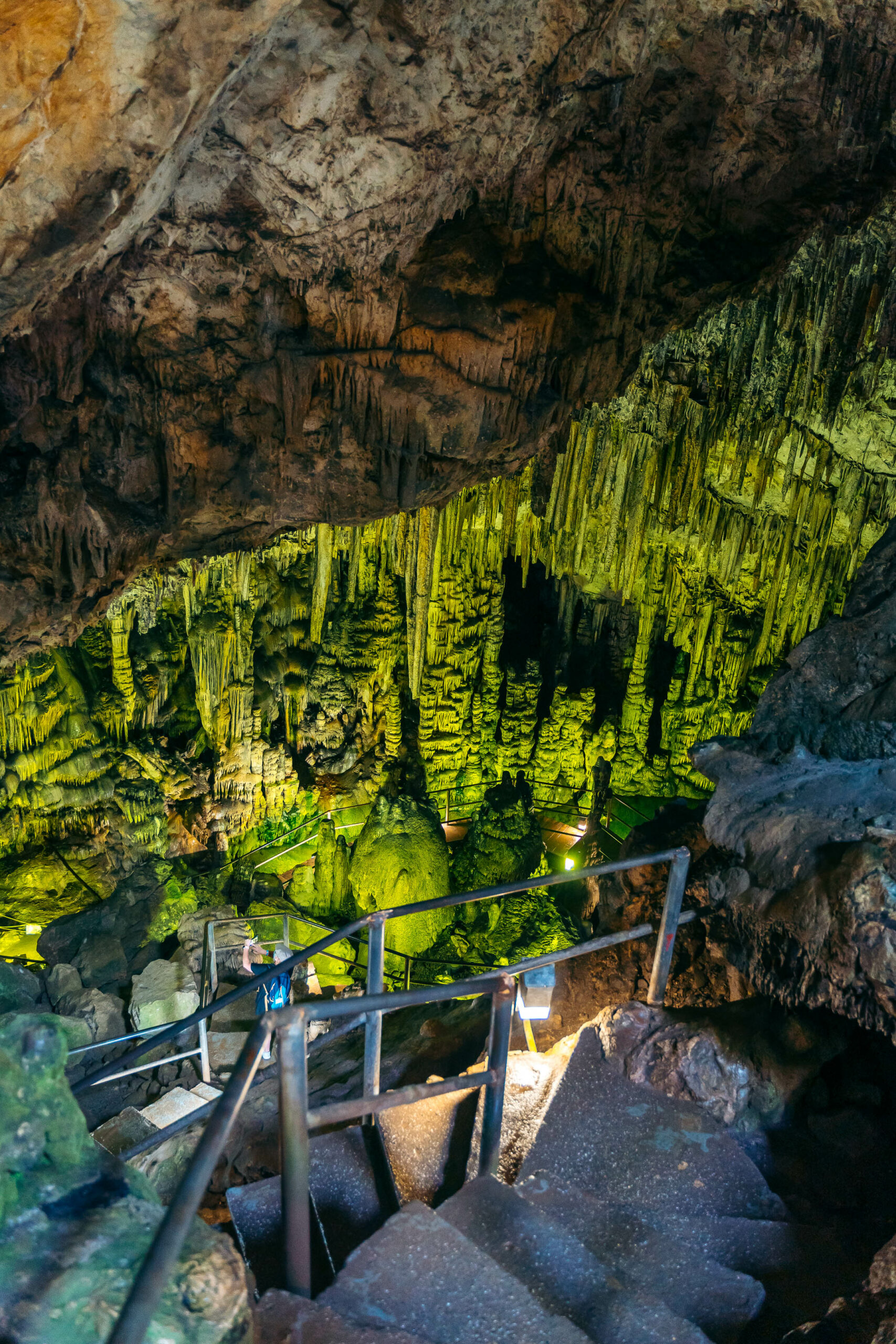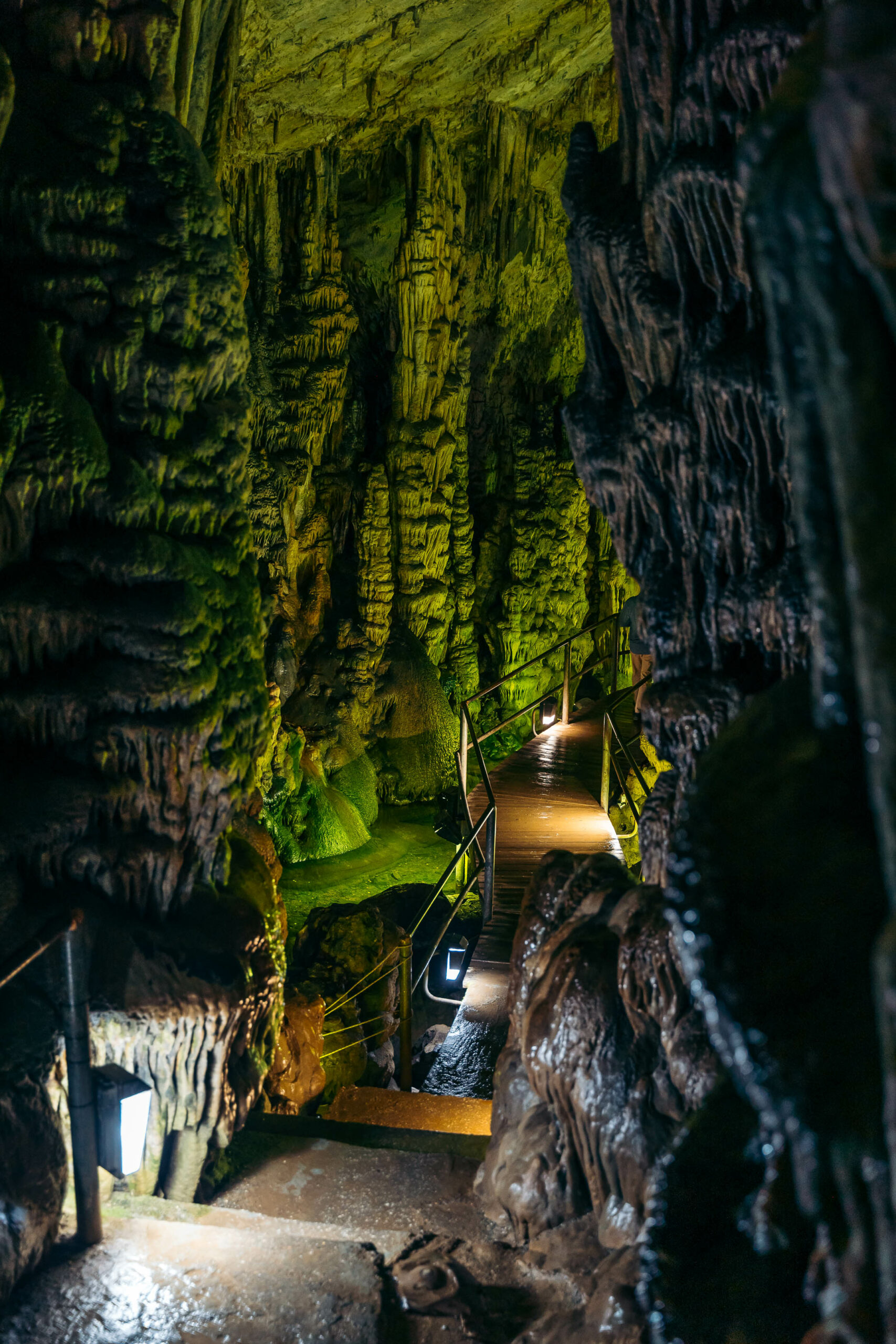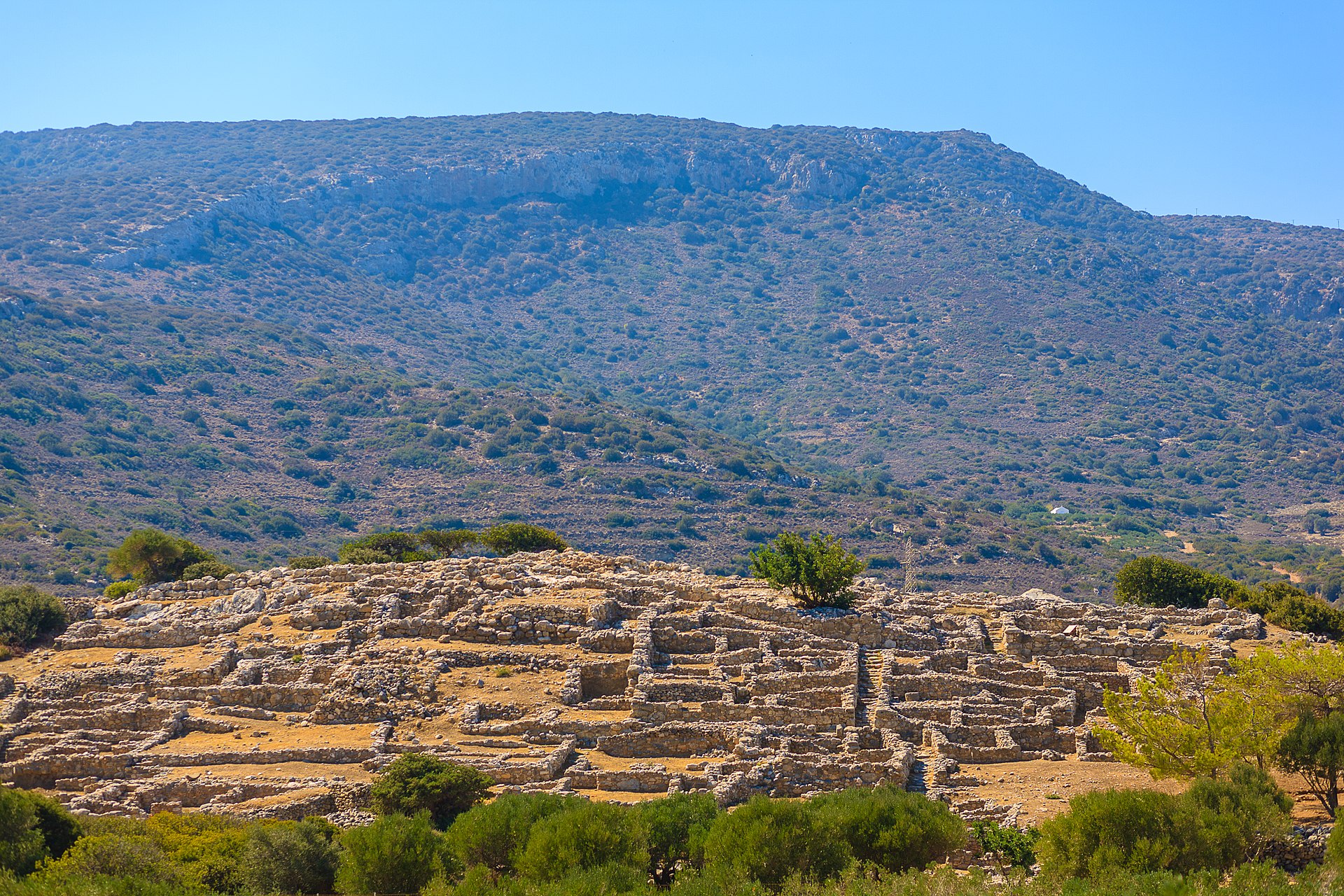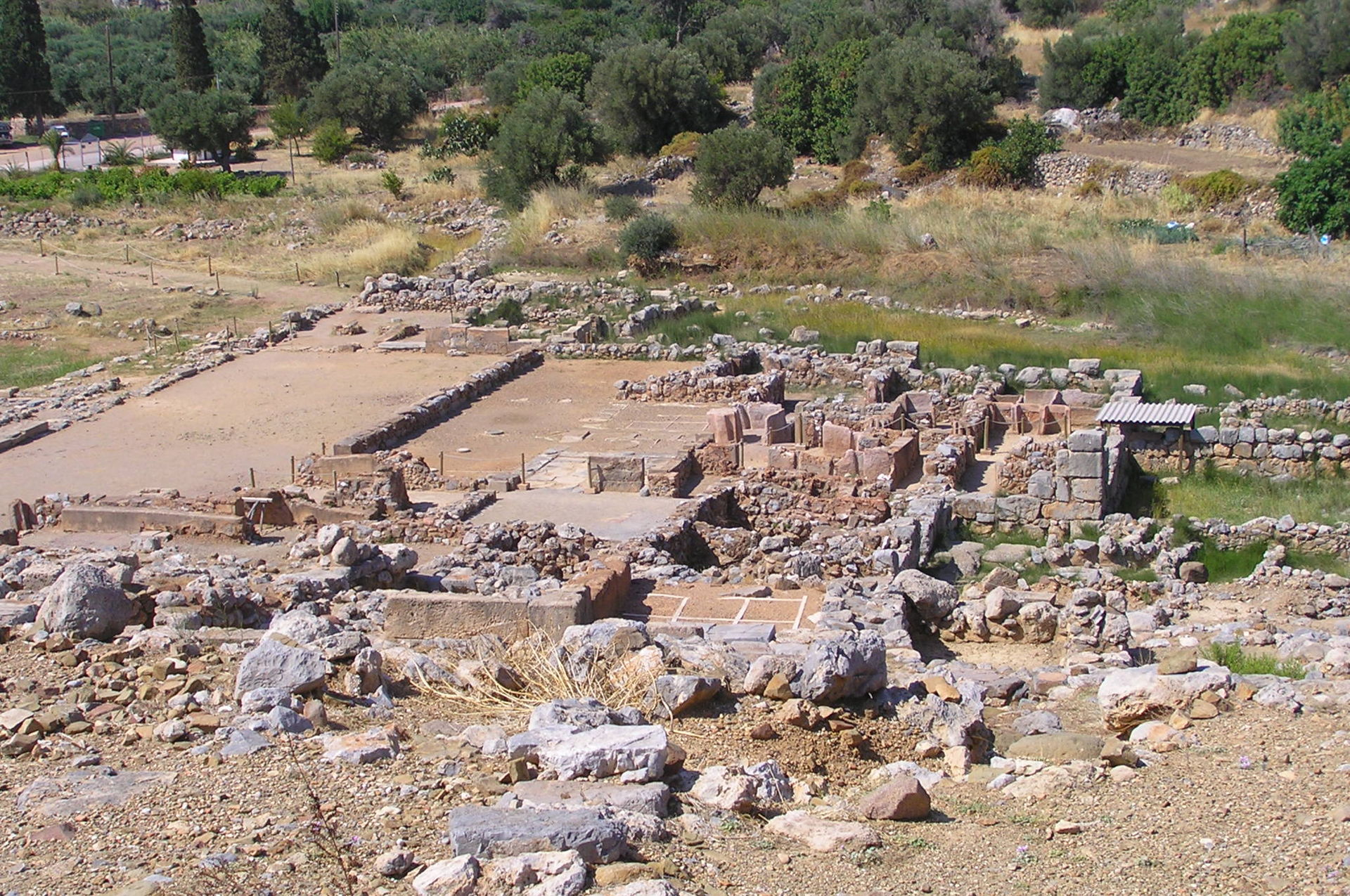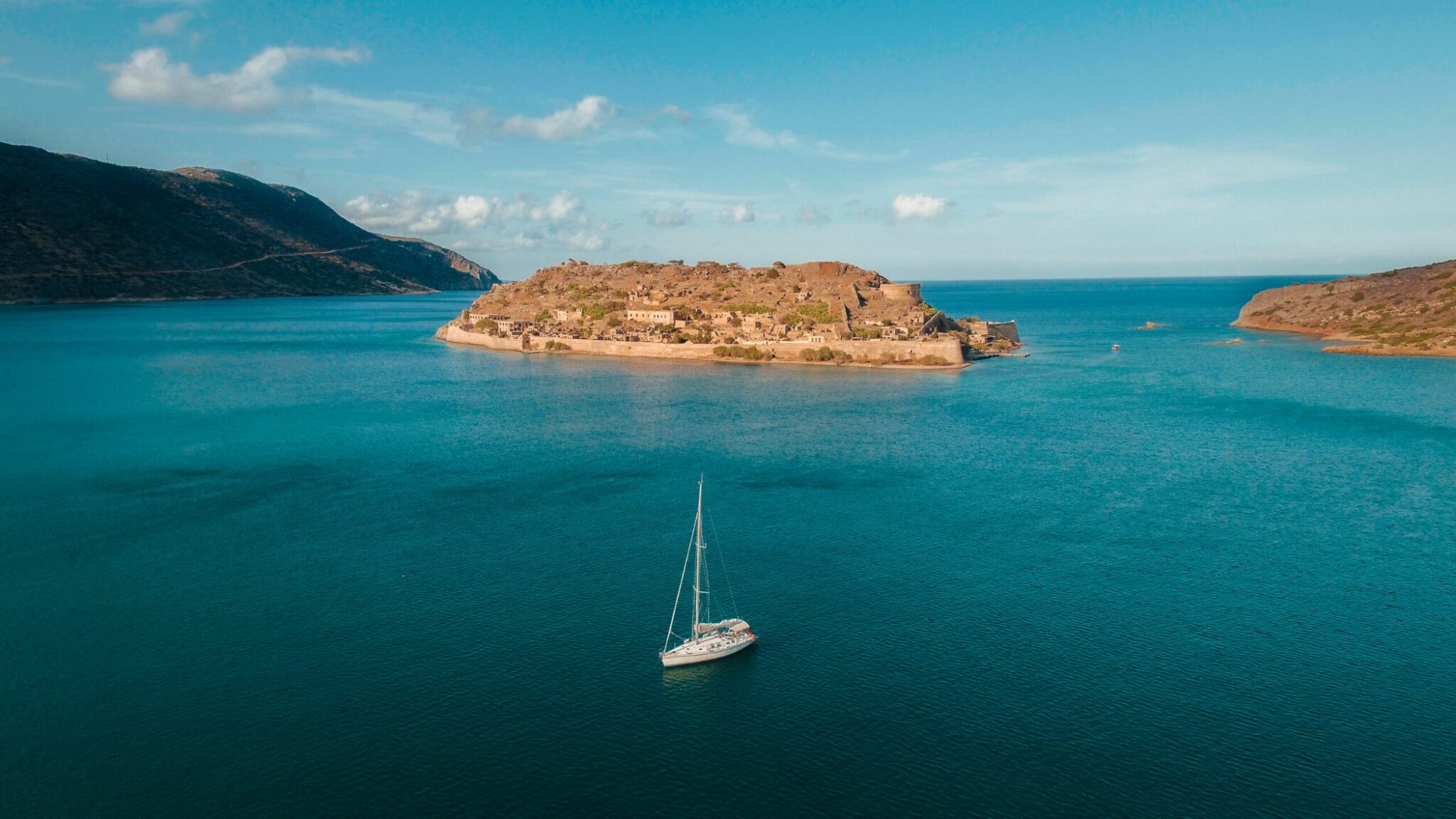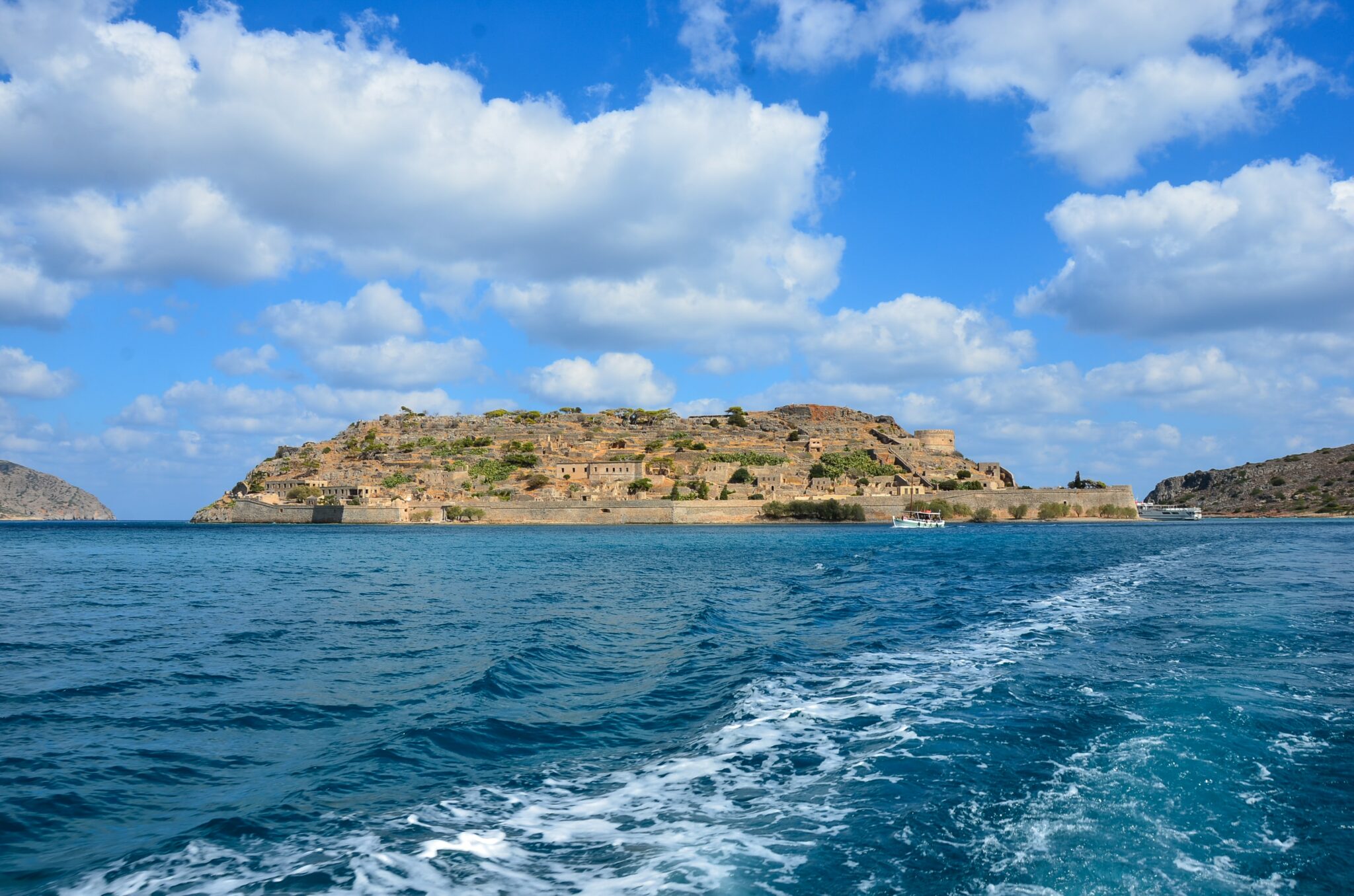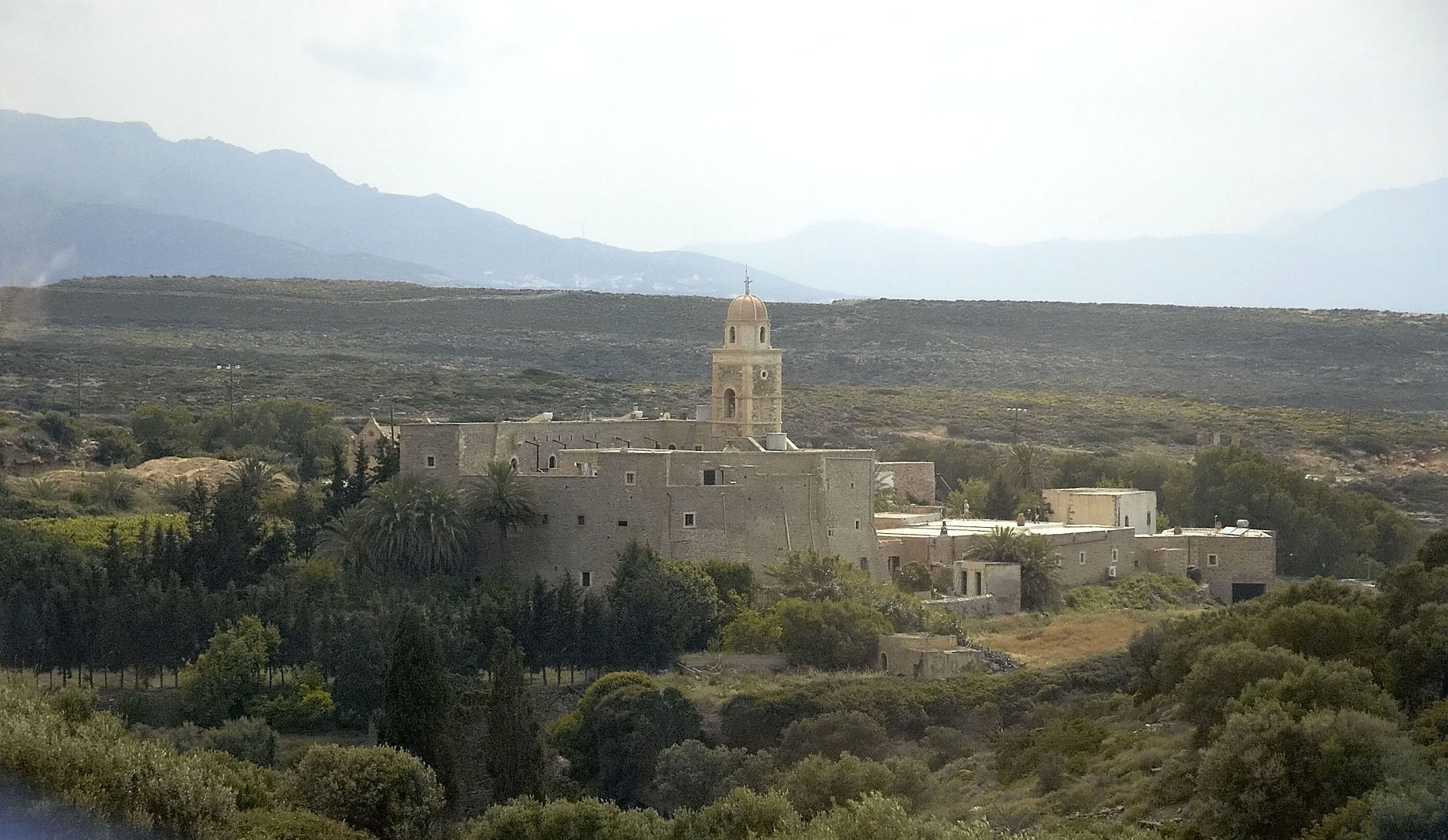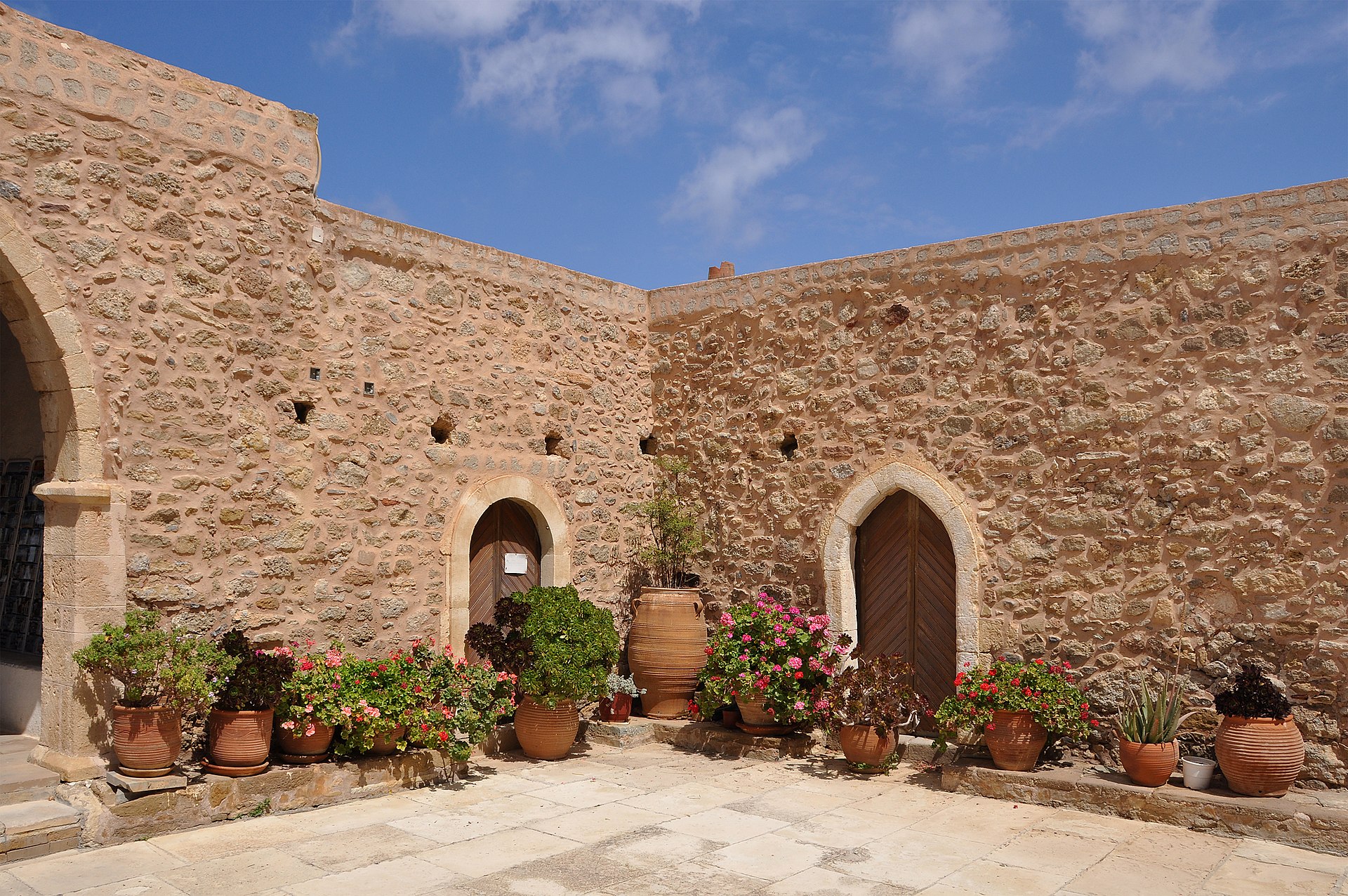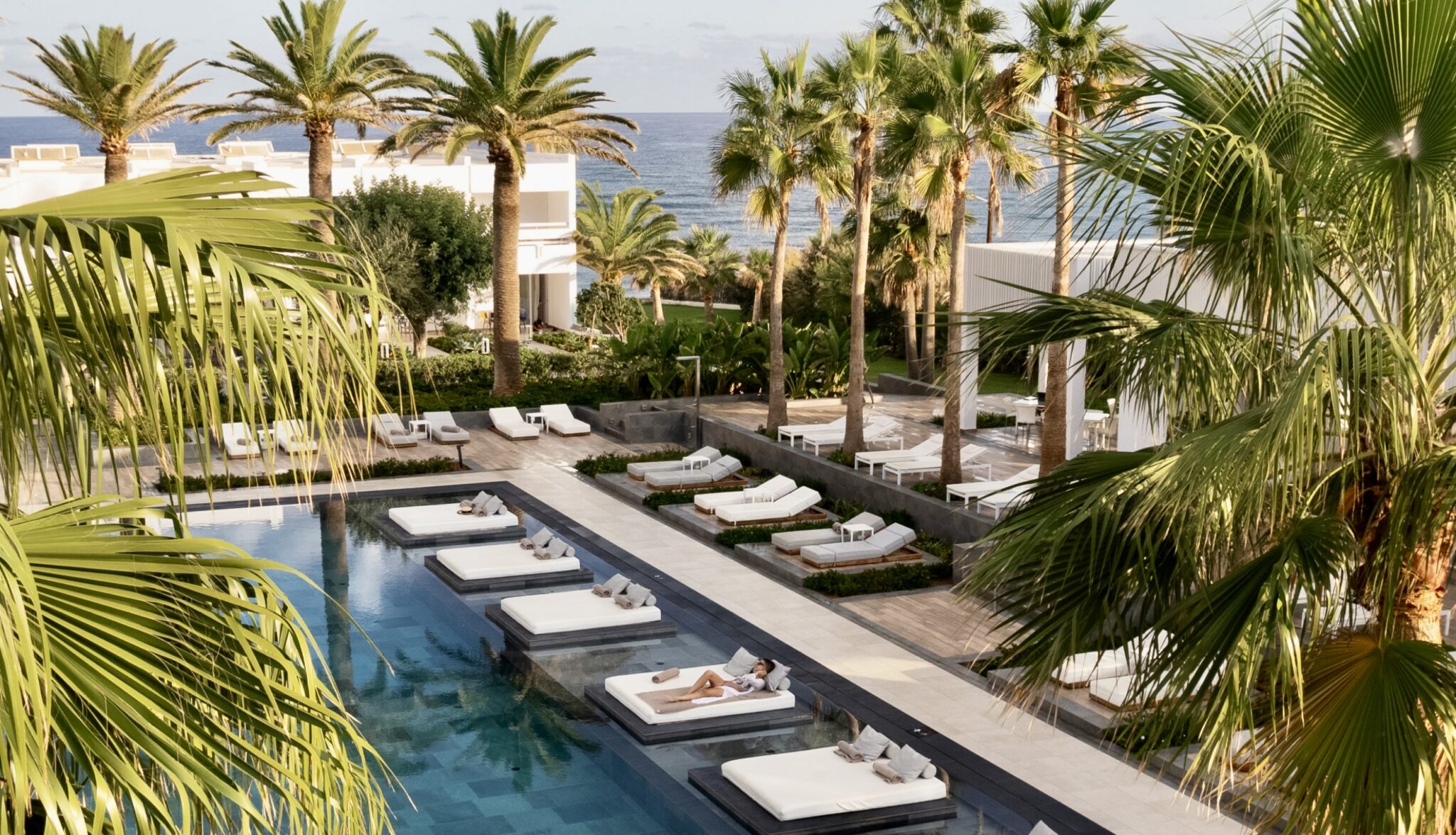Many of the visitors to the luxury 5 star resorts on the coast may move no further than from the bedroom to the private plunge pool which is a shame as the province of Lasithi has many cultural diversions worth making a detour for. From the ancients to foreign invaders, the people who lived and worked in Eastern Crete understood the geographical significance of the area and built great palaces and fortresses to protect their assets. A land of myth and magic, it was where Zeus hid away from his cruel father Cronus and where the future kings of a great civilisation were born.
Lato
Built by Doric Greeks in a valley between two peaks above Agios Nikolaos, Lato was named after the mother of Artemis and Apollo. The city reached its peak in the 3rd century BC and its port, Kamara, on the site of todays Agios Nikolaos was in use during Roman times. One of the best preserved cities of the Classical- Hellenistic period it is the most complete in Crete. The views are worth the admission alone; on a clear day Santorini, 100 km away across the Cretan Sea, can be seen while inland an endless panorama of mountains and valleys presents itself. Ancient City of Lato (Tel.:28410 22462, €3)
Cave of Psychro
Another Cretan cave claiming to be the birthplace of Zeus where he was reared in secret away from his vengeful father Cronus. 1025m above sea level, the stalactite-rich cave is an impressive site. Also known as the Diktaion Andron, the cave served as a cult sanctuary from early Minoan times with many votive offerings and figurines being found. Legend tells that Zeus transformed himself into a bull and seduced Europa in the cave who bore the three sons Minos, Sarpendon, and Radamanthus. The cave was also home to the Harpies, monsters with bird heads and female bodies who were messengers of Hades. Cave of Psycro (Tel.:28410 22462, 6€)
Gournia
Named after the stone and wooden bowls found at the site, the name of the Minoan city that flourished here in 1550 BC is unknown. On the narrowest point of Crete, a lot of commerce would have passed through the city, evidenced by the many workshops and storerooms, and the large palace building at the top of the hill served as the administrative, political and religious centre of the community. A walk around the ruins offers a picture of the everyday life in the best preserved Minoan city on the island, a busy, industrious town with tightly packed cobbled streets and houses for the craftsmen and merchants. Archaeological Site of Gournia (Tel.:28420 93028, 3€, closed Tuesdays)
Kato Zakros
The fourth largest of the Minoan Palaces, Kato Zakros lies in a sheltered bay on the eastern coast and it was the last of the city states to be excavated. Unlooted, the site has yielded many important discoveries and it is thought that the palace was an important commercial harbour that connected Minoan Crete to Africa and Asia. Many of the items found have their material origin in Egypt, Cyprus and the Middle East and date the complex construction to around 1900 BC, the same era as Knossos. The palace contained 150 rooms and served as an administrative and religious centre as well as an important trading settlement. Workshops and storage rooms were abandoned with their materials and tools intact giving considerable insight into the daily lives of its Minoan citizens. Archaeological Site of Zakros (Tel.: 28430 26897, 6€)
Museum of Cretan Ethnology
A rich collection of Cretan folk exhibits the human evolution of the island in key areas – food, weaving, trade transport, customs, society and arts. In a well designed building on the outskirts of Vori Village the items can seem rather humdrum but they engagingly tell the story of rural Crete up until the not too distant past. Museum of Cretan Ethnology (Tel.:28920 91111, www.cretanethnologymuseum.gr, 3€)
Spinalonga
The Venetians built an impressive fortress on the islet of Spinalonga in the Gulf of Mirabello in the 16th century. Well defended, it withstood Ottoman invasion for 45 years after the mainland had fallen. However, it is more recent history that has shaped the character of the island. Brought to life in the international best seller The Island by Victoria Hislop, Spinalonga has an infamous history as a leper colony imprisoning the afflicted in isolated conditions until 1957. Poignant and melancholic, a restored row of buildings houses a small museum dedicated to the unfortunate inhabitants of the island. Boats run from Agios Nikolaos, Elounda and Plaka.
Monastery of Toplou
On the northeastern tip of Crete, 10 km outside of Sitia, Toplou is one of the oldest and most important monasteries on the island. Originally settled in the 15th century, the first monastery collapsed in an earthquake of 1612 and it was rebuilt with financial aid from the Venetians. Fortified by a 10m high wall, according to tradition the monastery has 100 doors but only 99 have been found. The owner of vast rural lands, the monastery produces its own wine and olive oil under the brand name Toplou. Toplou Monastery (Tel.: 28430 61226)
Read also:
Oropedio Lasithiou: A special route to the most authentic part of mountainous Crete
Vamos: The Cretan Village where Time stands Still



